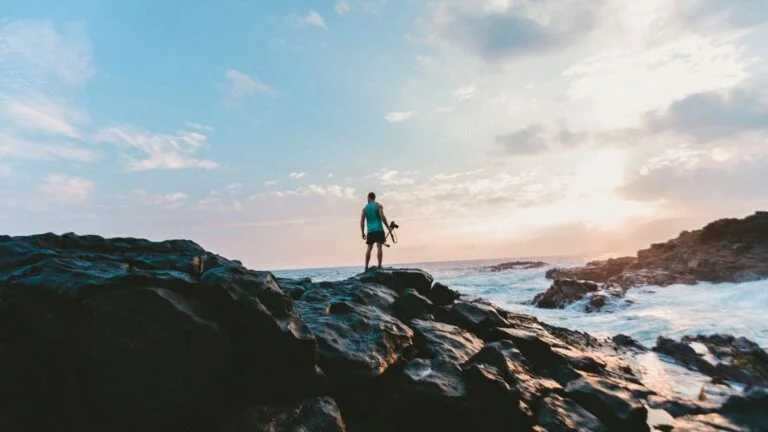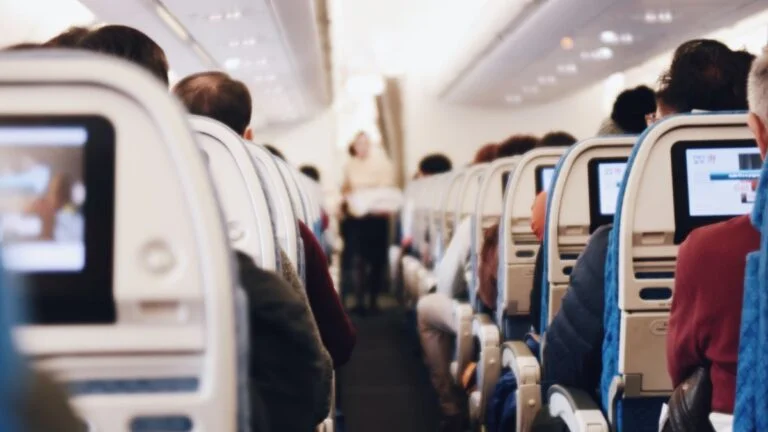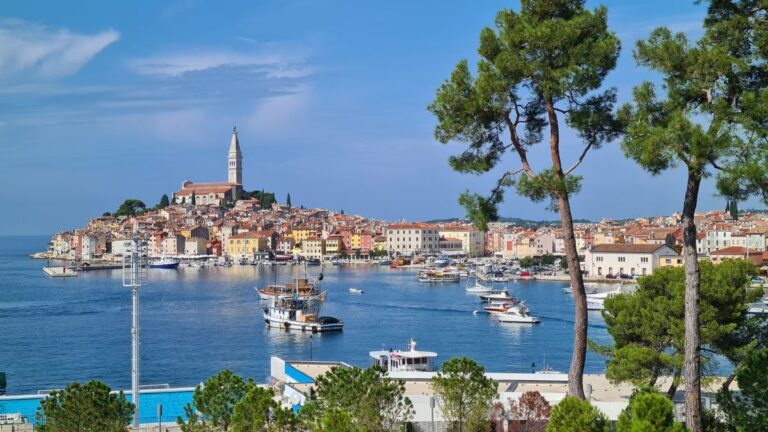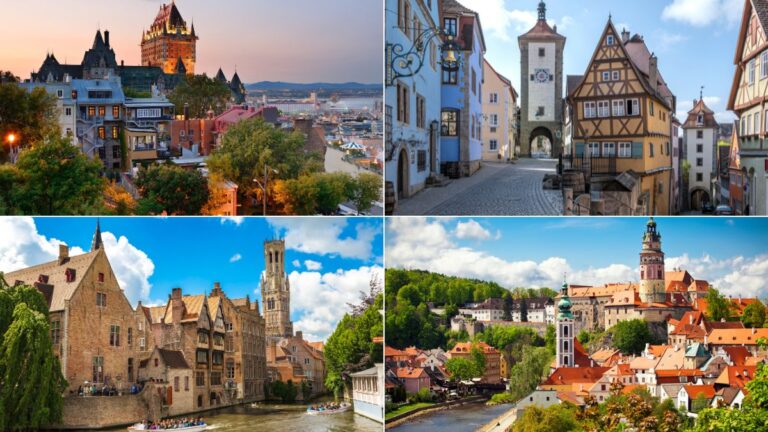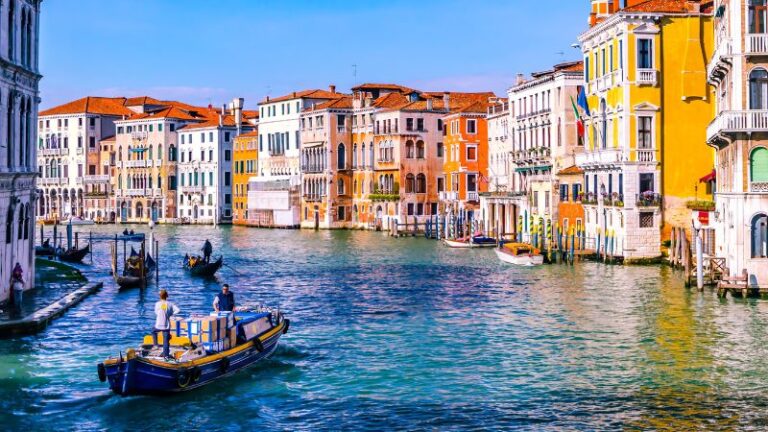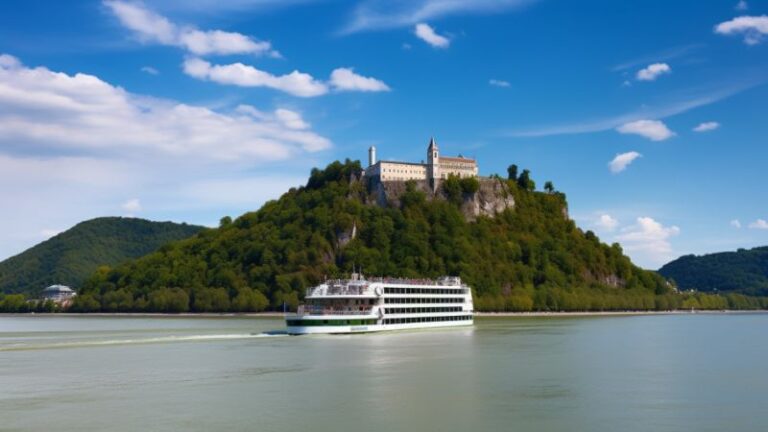50 Facts About Slovakia You Need to Know Before Traveling There
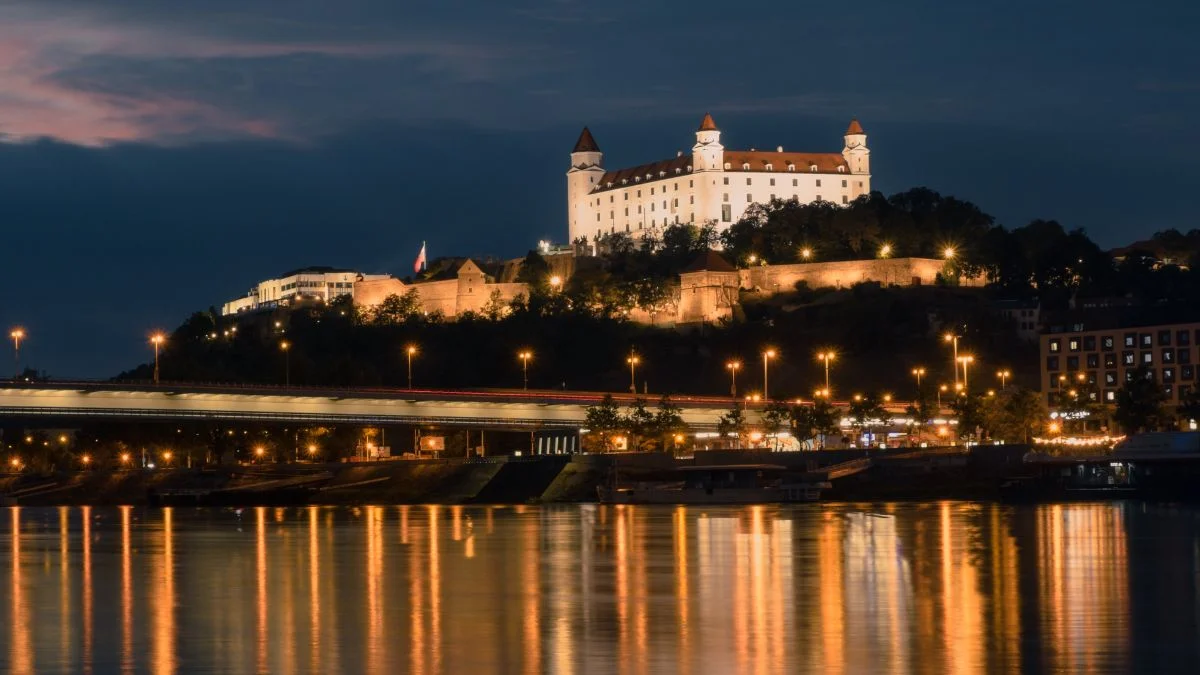
As participants in Amazon Associates and other programs, we earn from qualifying purchases. This comes at no additional cost to you. For more details, see our Affiliate Disclosure.
As the heartbeat of Central Europe, Slovakia is a mesmerizing blend of dynamic cities, sprawling mountain ranges, and a rich, centuries-old history. Often overlooked in favor of its more popular neighbors such as Austria, Hungary, or the Czech Republic, this hidden gem has much to offer that is waiting to be discovered by the discerning traveler. With its unique folklore traditions, world-renowned cuisine, UNESCO World Heritage sites, and exceptional natural beauty, Slovakia possesses an unparalleled charm that leaves a lasting impression on its visitors.
Embarking on a journey to Slovakia is like stepping into a time capsule, where the past and the present coexist harmoniously. The cobblestone streets of its cities whisper tales of its historic grandeur while the picturesque landscapes stand as an untouched testament to its geographical splendor.
Before setting foot in this captivating nation, it’s essential to familiarize oneself with a few intriguing facts about Slovakia, which will enrich your travel experience and provide a deeper understanding of its culture, people, and way of life. This article aims to equip you with these fascinating insights and prepare you for an unforgettable Slovak adventure.
Slovakia’s Central Location: Slovakia is located in the heart of Europe, surrounded by five countries: Austria, Czech Republic, Poland, Ukraine, and Hungary. Its central location makes it easy to travel to and from other parts of Europe.
Slovakia’s Capital: Bratislava, the capital of Slovakia, is the only capital in the world bordering two countries – Austria and Hungary. It is also one of the youngest European capitals.
The Danube River: This river, one of the longest in Europe, flows through Bratislava. Taking a river cruise is an excellent way to explore the area.
Castle-Filled Country: Slovakia is home to more than 100 castles and 400 chateaux – a testament to the country’s rich history.
Bratislava Castle: This iconic castle dates back to prehistoric times and offers panoramic views of the city and neighboring countries.
Slovak Paradise National Park: One of the nine national parks in Slovakia, famous for its beautiful ravines, waterfalls, and untouched forests.
UNESCO World Heritage Sites: Slovakia is home to seven UNESCO sites, including the ancient Spis Castle, the historic town of Bardejov, and the primeval beech forests.
Language: The official language is Slovak. English and German are widely understood by younger generations, but not so much by older people.
Population: As of 2021, Slovakia has a population of around 5.5 million people, with a majority being ethnic Slovaks.
The High Tatras: This mountain range is the smallest alpine mountain range in the world and offers breathtaking views, ideal for hiking, skiing, and wildlife spotting.
Cuisine: Traditional Slovak cuisine is hearty, revolving around pork, poultry, potatoes, dumplings, and cabbage. Don’t miss the national dish, Bryndzové halušky, potato dumplings with sheep cheese.
Slovak Wines: Slovakia produces excellent wines, especially in the regions along the Danube and the Váh Rivers.
Folklore Traditions: Folklore is still alive in Slovakia. Look out for folklore festivals, where locals showcase traditional dances, music, and costumes.
Double Cross Symbol: The national symbol is a double cross, which you’ll find on the Slovak flag and coat of arms.
Cave Diversity: Slovakia boasts an extensive network of caves, with over 6,200 catalogued so far. The Ochtinská Aragonite Cave and the ice caves in Demänová are open to the public.
Currency: The official currency is the Euro, adopted in 2009.
Independence Day: Slovakia celebrates its independence day on January 1st, marking its separation from Czechoslovakia in 1993.
Slovak National Uprising: This significant event from World War II, where Slovaks rose against Nazi forces, is commemorated on August 29th.
Ice Hockey Passion: Ice hockey is the most popular sport in Slovakia. The country has produced numerous NHL players and regularly competes in international competitions.
The Oldest Marathon in Europe: The Kosice Peace Marathon, initiated in 1924, is the oldest marathon in Europe and the second oldest in the world.
Famous Slovaks: Slovakia is the birthplace of many internationally famous personalities like astronaut Ivan Bella and artist Andy Warhol (whose parents were Slovak).
Slovak National Theatre: Slovakia has a thriving cultural scene with theaters, symphony orchestras, and opera. The Slovak National Theatre in Bratislava is worth a visit.
Cycling: Slovakia is an excellent destination for cyclists, with its well-developed network of cycling routes.
Thermal Springs: The country is rich in thermal springs, and the town of Piešťany is famed for its thermal spas.
Slovak Karst: This area is one of the largest karst areas in Central Europe, featuring over 1,000 caves.
Religion: A majority of Slovaks are Roman Catholic, followed by Protestants and Greek Catholics.
Christmas Markets: Bratislava’s Christmas markets are famous for their festive atmosphere, mulled wine, and local delicacies.
Slovak Folklore Architecture: The wooden churches in the northeastern part of Slovakia are a unique part of Slovak cultural heritage and are listed as UNESCO World Heritage Sites.
Unique Wildlife: Slovakia is home to a variety of wildlife including wolves, brown bears, and lynxes in its vast forests.
Juraj Jánošík: A national hero of Slovakia, often compared to Robin Hood, Jánošík was a famous outlaw in the 17th century.
Mostová Open-Air Museum: This museum, located in the Podunajsko region, showcases the traditional rural architecture and life of Slovakia.
Devín Castle: A symbol of Slovak and Slavic history, the castle offers a stunning view of the confluence of the Danube and Morava rivers.
The Coldest Place: The village of Oravská Lesná holds the record for the coldest temperature in Slovakia, -41°C (-41.8°F), recorded in 1929.
Bojnice Castle: This fairy-tale-like castle is one of the most visited sites in Slovakia, famous for its ghost and bat night tours.
Carnival Season: Slovaks celebrate a carnival season known as ‘Fasiangy’, marked by traditional feasts, masquerades, and dances.
Easter Traditions: Easter in Slovakia has unique traditions such as the “watering” or “whipping” of women, symbolizing youth, strength, and beauty for the upcoming spring season.
Slovak National Gallery: This gallery in Bratislava holds an extensive collection of Slovak fine art.
Topoľčianky Manor House: This neoclassical mansion is known for its wine production and horse breeding.
Slovak Beer: The country is known for its beer, with local breweries producing high-quality lagers and craft beers.
Public Transport: Slovakia has an extensive public transport network, making it easy for travelers to get around.
Safety: Slovakia is considered a safe country for travelers, with low rates of violent crime.
Astronomical Clock in Stará Bystrica: This unique clock is the largest wooden statue in Slovakia and is a popular tourist attraction.
Mineral Water: Slovakia is known for its high-quality mineral water, with over 1,600 sources across the country.
Andy Warhol Museum: Located in Medzilaborce, the Andy Warhol Museum of Modern Art holds the second-largest collection of Warhol’s art.
Slovakian Crystal Glass: Slovakia is famous for its high-quality crystal glass, a great souvenir to bring back home.
Pottery: Traditional Slovak pottery, called “modrotlač”, is noted for its distinctive blue patterns and designs.
Birdwatching: Slovakia is a paradise for birdwatchers, with over 350 species of birds.
Zoo Bojnice: This is one of the oldest and most visited zoos in Slovakia, home to over 400 species of animals.
Slovak Opal Mines: Slovakia is home to the oldest opal mines in the world, located in the eastern town of Červenica.
Belianska Cave: This is the only cave in the High Tatras that’s open to the public. It’s renowned for its impressive stalactite and stalagmite formations.

